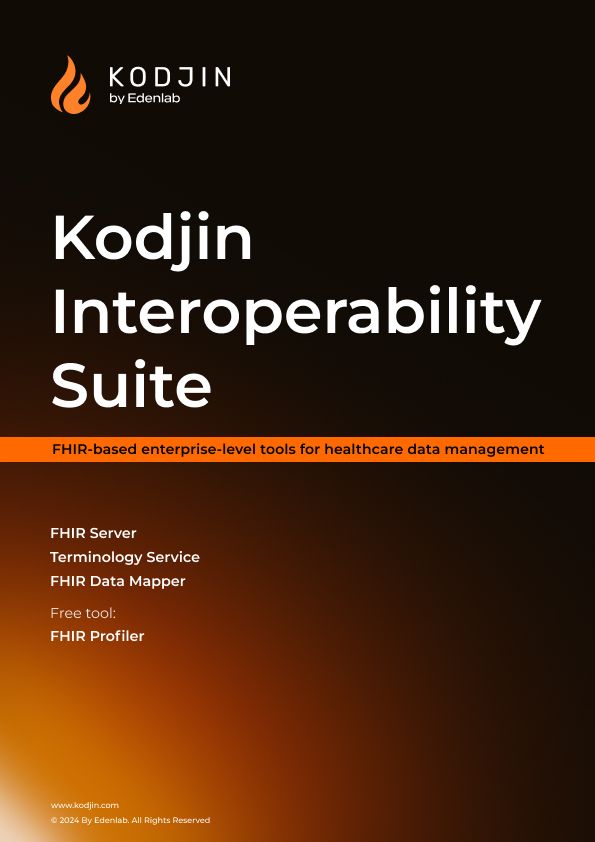Non-medical factors that influence health outcomes are referred to as social determinants of health (SDOH). These elements include the conditions under which people are born, live, work, and age. The acknowledgment of SDOH has grown, especially in the realm of healthcare delivery, because of its impact on health outcomes, adherence to treatment, and accessibility to healthcare. Addressing SDOH has become essential for improving health equity and reducing costs.
In this article, we will touch upon the challenges of integrating social determinants of health into healthcare systems, as well as how FHIR SDOH are being realized with the help of the Gravity Project.
Highlights
- The absence of standardized data, challenges with interoperability, and privacy concerns complicate the incorporation of SDOH into healthcare systems.
- The Gravity Project utilizes HL7 FHIR to standardize SDOH data, facilitating smooth exchange between healthcare and social service systems.
- The project focuses on terminology standardization, FHIR-based technical implementation, and real-world validation with stakeholders.
Obstacles in SDOH Data Integration
Despite the growing focus on SDOH, integrating such data into healthcare systems remains challenging. The lack of consistency in collecting and sharing this information prevents electronic health records (EHR) systems from exchanging or integrating important insights.
The existing information on social determinants of health is often maintained in chaotic formats, preventing effective communication between healthcare and social service organizations. Privacy worries pose extra difficulties for exchanging sensitive personal information, requiring adherence to stringent privacy and security regulations.
What Is the Gravity Project?
The Gravity Project was founded as a community-led effort to tackle these data obstacles. The main goal is to standardize SDOH data to improve its integration with healthcare workflows and systems.
The project uses the HL7 FHIR standard to develop a wide range of FHIR SDOH core data elements that can be readily exchanged and shared among systems. The primary aim of the Gravity Project SDOH initiative and community is to enhance patient care coordination, population health management, and outcomes, all while enabling value-based care models.
Three major workstreams drive the Gravity Project:
- Terminology Workstream: Developing standardized terminology and SDOH-related codes for the necessary data.
- Technical Workstream: Creating FHIR-based implementation guides to support SDOH data interoperability.
- Implementation Workstream: Collaborating with partners to validate and test the proposed terminologies and technical specifications.
The project’s emphasis on consensus-building ensures broad participation from healthcare organizations, governmental agencies, and other stakeholders.
Addressing Social Risks with the Gravity Project FHIR Elements
The integration of SDOH data can have tangible impacts on patient care. For example, addressing food insecurity can reduce the incidence of chronic conditions like diabetes and heart disease. Ensuring stable housing can lead to better adherence to treatment protocols. Removing transportation barriers can prevent missed appointments and delays in care. These social risks, when unaddressed, often result in higher healthcare costs and poorer outcomes.
We can illustrate this by examining the SDOH Condition resource that represents unemployment. This resource specifies the following:
| Clinical Status: Active | This indicates that the condition (unemployment) is ongoing. It requires attention as it may impact the patient’s overall health. |
| Verification Status: Unconfirmed | The unemployment condition was reported but not officially verified through external sources. |
| Category: Health Concern, Employment Status | This reflects that the lack of employment is considered a health-related issue. |
| Code: Unemployed | The precise status is documented as unemployment. |
| Subject: COLIN ABBAS | This points to the patient affected by unemployment, in this case, a person named COLIN ABBAS. |
| Onset: April 26, 2021 (ongoing) | Specifies when the unemployment started and confirms that it is still relevant. |
| Asserter: COLIN ABBAS | The patient reported this condition. |
By capturing a patient’s unemployment status in a standardized format using FHIR, healthcare providers can better understand and address the broader factors affecting the patient’s health. Platforms like the Kodjin FHIR server support the integration and exchange of such SDOH data across systems, enhancing interoperability and care coordination. For instance, unemployment may lead to increased stress, food insecurity, or lack of access to necessary medications due to financial constraints.
Policy and Payment Models
The shift toward value-based care has accelerated the adoption of SDOH-related strategies. New payment models, such as accountable care organizations (ACOs), provide financial incentives for integrating medical care with social services. The Gravity Project aligns with these payment reform efforts, enabling healthcare providers to deliver more coordinated care by leveraging SDOH data.
Challenges and Future Directions
The Gravity Project social determinants of health initiative faces several challenges, including the need for broader adoption of standardized SDOH-related codes, harmonization across different systems, and overcoming the technical and regulatory hurdles related to SDOH data sharing. Privacy and consent mechanisms must be robust to protect sensitive personal information. The project’s ongoing work in testing and validating its data models will be crucial for its success.
Conclusion
The SDOH Gravity Project represents a significant step forward in making social determinants data interoperable and actionable. Through its multi-pronged approach, the project aims to improve healthcare outcomes by integrating social care into medical workflows, fostering a more holistic approach to health.
More information on the Gravity Project site.







